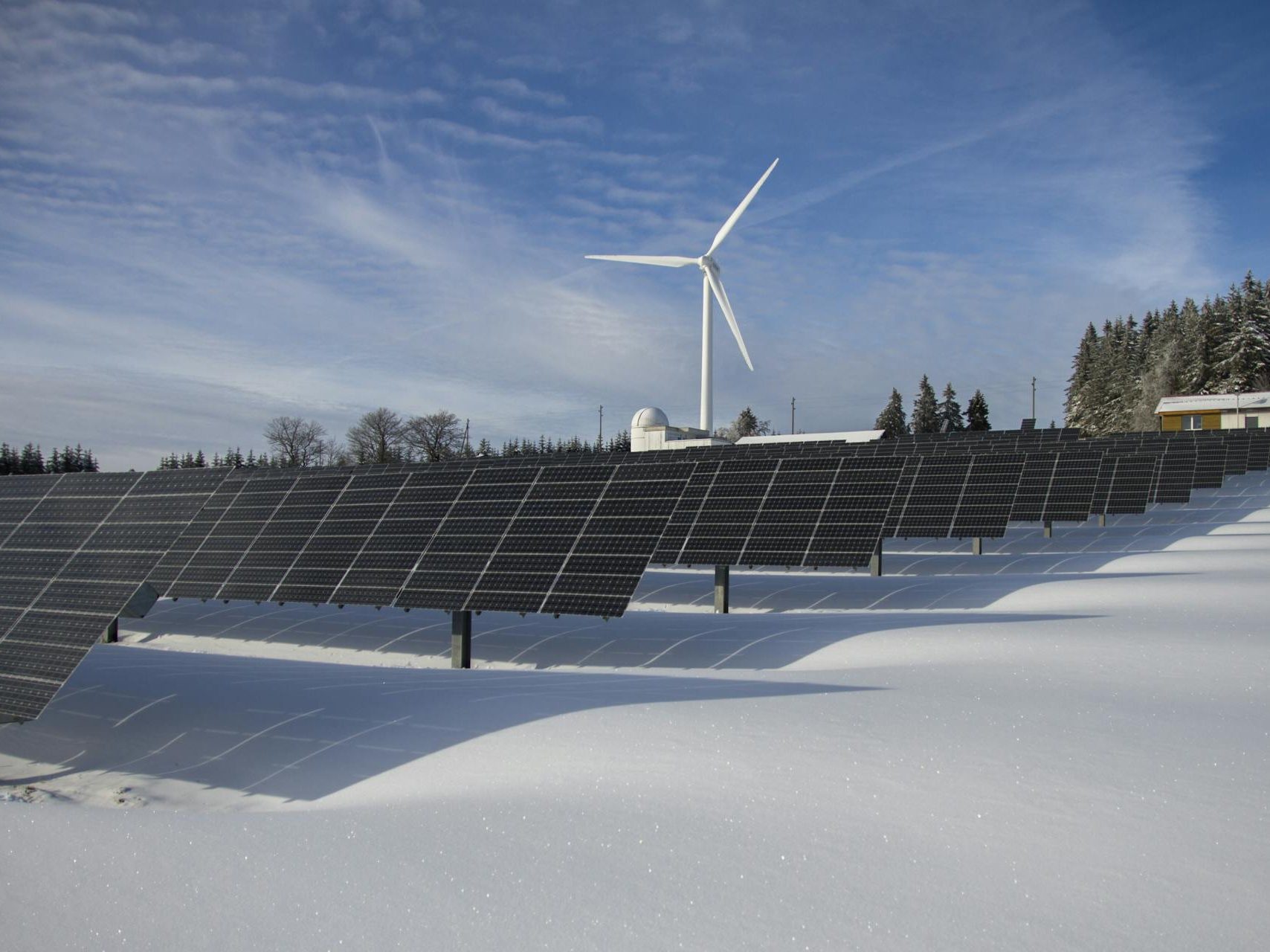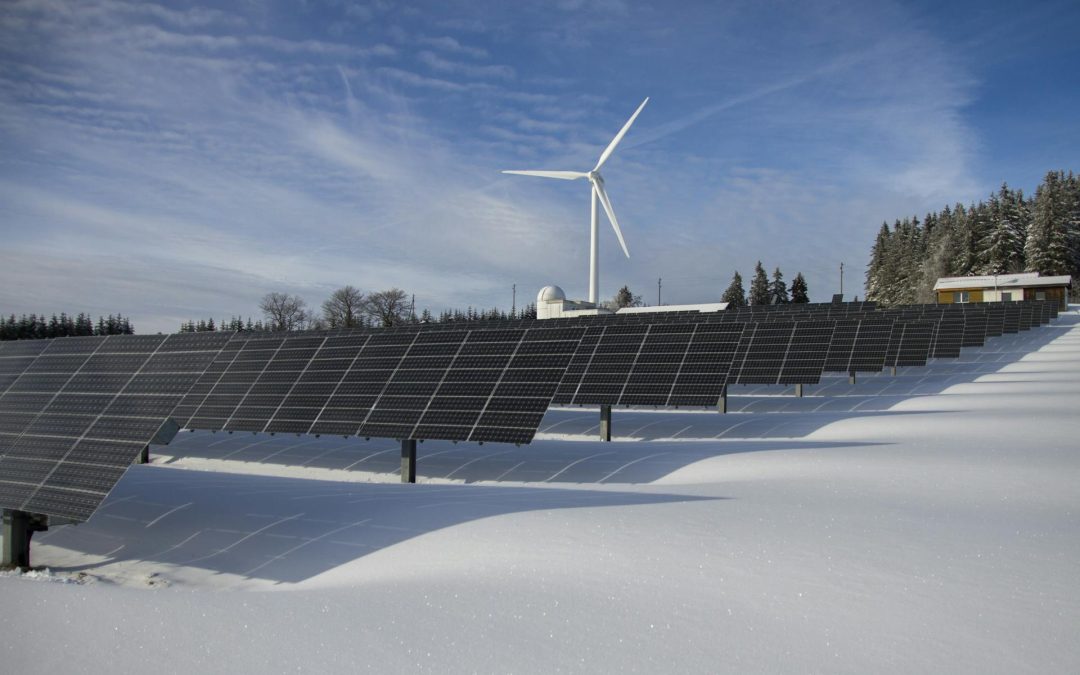When people talk about the “energy transition,” it can sound like a buzzword—big promises, small print. But here’s the truth: clean energy isn’t some far-off dream. It’s happening now, it’s practical, and yes, it can save money while shrinking your carbon footprint. At Snap Toto, we’ve seen families, factories, and whole neighborhoods flip the switch to smarter power—without flipping their lives upside down. Let’s break it down, nice and easy.

Why clean energy, and why now?
Look around. Energy prices jump, weather gets weird, and reliability matters more than ever. Clean power helps on all three fronts.
- Costs that make sense. Solar and wind are often the lowest-cost new power sources. Pair them with storage, and you’re smoothing out peak rates like a pro.
- Resilience built in. Batteries and microgrids keep the lights on when the grid blinks. No drama, just backup.
- Real climate impact. Every kilowatt-hour from renewables is a little less smoke in the sky—and a lot more breathing room for the planet.
The building blocks: solar, wind, and storage
Think of clean energy like a great team—each player brings something different.
- Solar: Quiet, modular, and rooftop-friendly. Works almost anywhere there’s sun. Even on cloudy days, panels deliver steady output.
- Wind: A powerhouse for open land and higher altitudes. Modern turbines spin at lower wind speeds and run with smart controls to protect wildlife.
- Storage: The glue that holds it together. Batteries soak up extra energy at noon and hand it back at sunset. They also keep critical loads humming during outages.
What’s the right fit for you?
Not every site needs the same setup. That’s where design—not guesswork—matters.
- Homes & small businesses: Rooftop solar + a hybrid inverter + a compact battery. Add EV charging if you’ve got (or want) an electric car.
- Commercial facilities: Carport solar for shade and power, a larger battery to trim demand charges, and smart controls to run the building efficiently.
- Communities & campuses: Solar fields, wind where viable, central storage, and microgrid architecture to share power and resilience across buildings.
The money talk: making projects pencil out
You’ve got options—no one-size-fits-all here.
- Upfront purchase: Highest long-term savings, you own the asset.
- Loans or green financing: Spread payments, lock in predictable energy costs.
- Leases/PPAs: Little to no upfront cost; pay for power as you go.
- Tariffs & credits: Depending on location, net metering, feed-in rates, or production incentives may sweeten the deal.
Snap Toto helps you model each path so you can pick what fits your cash flow, not just the spreadsheet.
Our proven roadmap
Projects succeed when the process is clear. Here’s how we run it—start to finish.
- Assessment: We analyze your usage, roof or land, shading, wind resources, and interconnection.
- Design: Engineers craft a right-sized system with performance simulations and layout options.
- Permits & approvals: We handle the paperwork while you keep running your day.
- Build: Certified crews install to high safety and quality standards.
- Commission & training: We flip the switch, verify performance, and show your team how to monitor everything.
- Operate & optimize: Ongoing maintenance, remote diagnostics, and periodic tune-ups to keep returns strong.
What success looks like (a quick vignette)
Picture a mid-size warehouse with a rising utility bill. We design a 400-kW rooftop array and a 500-kWh battery. The result? Lowered demand charges, reduced peak usage, and a reliable backup for cold storage during grid hiccups. The payback lands in a practical window, and the operations team gets real-time dashboards instead of guesswork. Simple, solid, done.
Myths we can all retire
Let’s clear the air—pun intended.
- “Solar only works in perfect sunshine.” Panels produce under cloud cover too; design accounts for local weather and seasonal shifts.
- “Wind is too risky for wildlife.” Modern siting, radar-based curtailment, and blade tech reduce impacts significantly—design and policy matter.
- “Batteries wear out fast.” Quality systems include warranty coverage with expected lifecycles and planned replacements; proper thermal management extends life.
- “Recycling is a dead end.” Panel and battery recycling is expanding quickly. We plan for end-of-life from day one, not day someday.
What to measure (so you know it’s working)
If you can’t track it, you can’t improve it.
- Energy production (kWh) and self-consumption rate
- Demand charge reductions and time-of-use arbitrage
- CO₂ avoided and renewable percentage of load
- System uptime and performance ratio
- Payback period and lifetime net savings
Snap Toto’s portal puts these metrics at your fingertips—clean visuals, live data, no decoding required.
Operations & maintenance: the unsung hero
Good O&M is like flossing—skip it and problems show up. We schedule inspections, clean panels when needed, update firmware, check safety gear, and dispatch service fast. You get predictable performance and fewer surprises.
Policy shifts? Technology leaps? We’ve got you.
Regulations and incentives evolve; hardware gets smarter. Our team tracks changes so your system stays compliant and competitive. If a tariff update or a new control mode can boost returns, you’ll hear from us first.
FAQs
How long does a typical project take?
From assessment to switch-on, most residential and small commercial projects wrap in a few weeks to a few months, depending on permits and utility schedules.
Will a battery run my whole site during an outage?
It can, but many customers back up critical loads (servers, refrigeration, medical gear) to stretch battery runtime and keep the essentials online.
What if my roof needs replacement soon?
We coordinate reroof timelines or propose ground/carport solar. Better now than uninstalling later.
Can I expand later?
Absolutely. We design with future EVs, added equipment, or facility growth in mind.
Is wind right for me?
If you’ve got the space and the wind resource, it can be a star performer. We’ll model it honestly so you can decide with confidence.
The bottom line
Clean energy isn’t just “nice to have.” It’s practical, reliable, and—in many cases—the smartest financial move on the table. With thoughtful design and steady stewardship, your system can pay for itself while paying it forward to the next generation.

